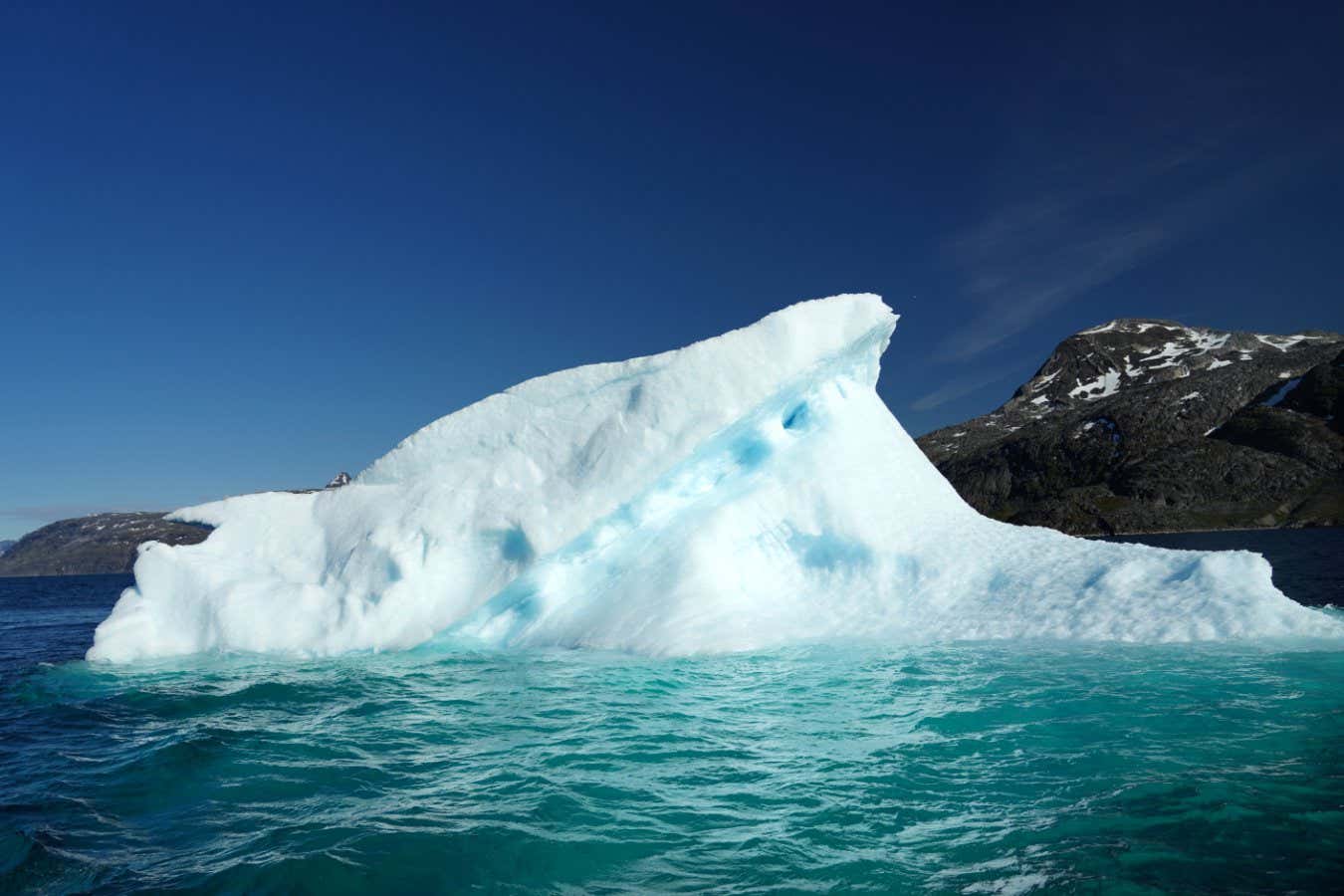Unusual rocks on an Icelandic beach were dropped there by icebergs, adding to evidence that an unusually cool period preceded the collapse of the Roman Empire
By Michael Le Page
8 April 2025
Icebergs calving from glaciers in Greenland can carry rocks to faraway shores
Professor Ross Mitchell
Rocks carried from Greenland to Iceland by icebergs add to evidence that the climate in Europe got a lot colder for a century or two starting around AD 540 – a “mini ice age” that may have played a role in the fall of the Roman Empire.
This cold period in the northern hemisphere, which has been previously indicated by studies of tree rings and sediment cores, has been linked to a number of historical events around the world, from the collapse of the Northern Wei dynasty in China to the decline of the city state of Teotihuacan in Central America. The Plague of Justinian, which affected the Eastern Roman Empire in the 540s, may also have been caused in part by a colder climate.
Read more
Antarctica is in crisis and we are scrambling to understand its future
Advertisement
Christopher Spencer at Queen’s University in Kingston, Canada, and his colleagues decided to explore a beach on the west coast of Iceland because satellite photos showed it was light-coloured rather than the basalt black of almost all other beaches in Iceland.
That lighter colour turned out to be due to the presence of lots of shells, but while walking in the area, Spencer spotted cobble-sized granite stones. For him, it was instantly clear these rocks weren’t from Iceland. “It’s a little bit embarrassing how easy it was to make the discovery,” he says.
Sure enough, an analysis of the rocks confirmed they came from many different locations in Greenland, which is around 300 kilometres away from Iceland at the closest points. That means the rocks Spencer found must have been carried by icebergs that calved from glaciers in Greenland and got washed up on the beach.
